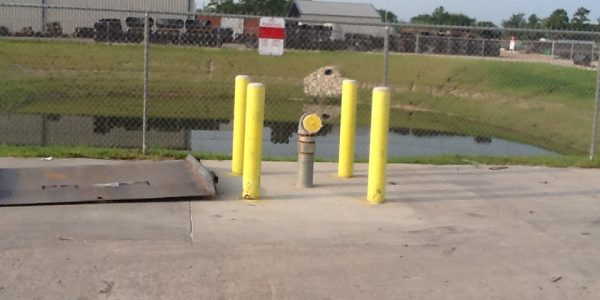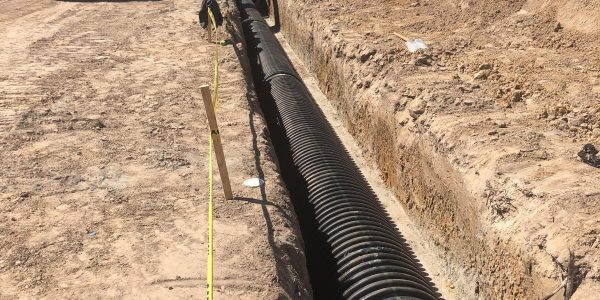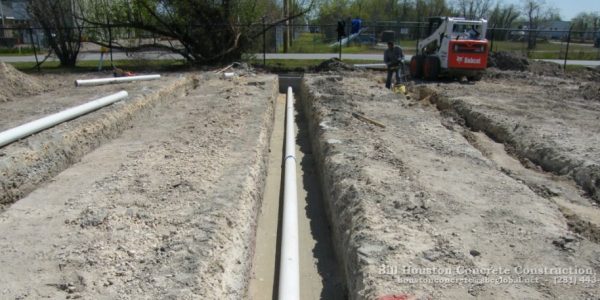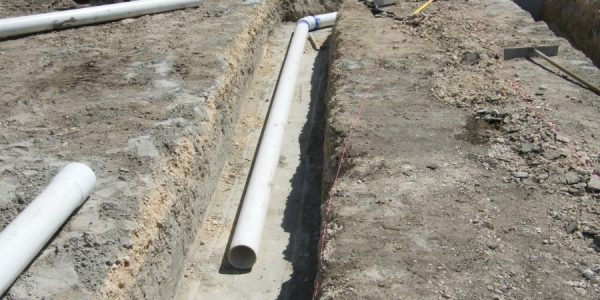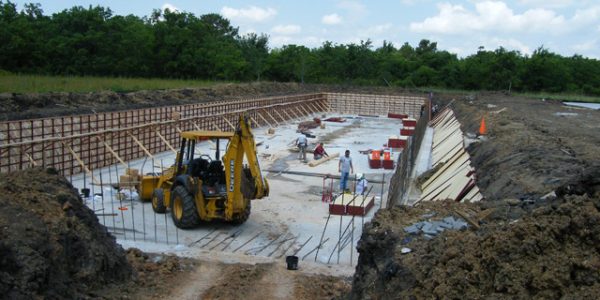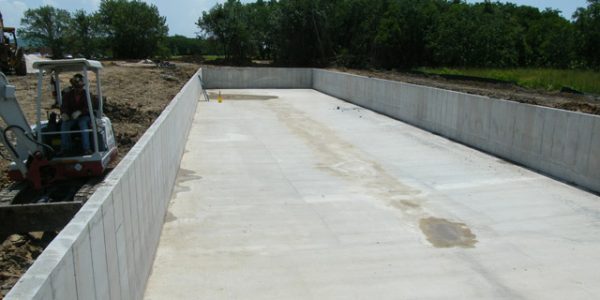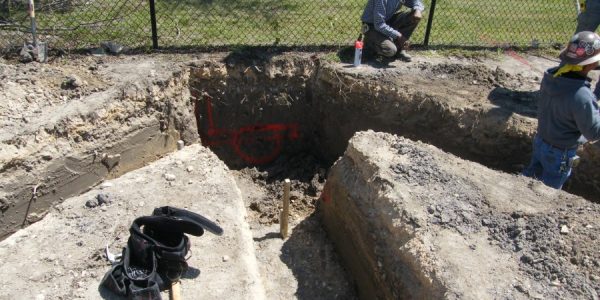
Bill Houston Concrete Construction: Your Trusted Partner for Storm Water Drainage Solutions
When it comes to reliable and efficient stormwater drainage services, look no further than Bill Houston Concrete Construction. We are a leading name in Houston for providing top-notch concrete construction services, focusing on drainage and detention solutions.
With decades of experience and a team of skilled stormwater drainage contractors, we are the go-to choice for all your stormwater management needs.
Why Choose Us for Storm Water Drainage Services?
At Bill Houston Concrete Construction, we specialize in stormwater drainage solutions. Our team of highly skilled professionals has a deep understanding of the unique challenges posed by stormwater runoff in the Houston area. We employ the latest techniques and technology to design and implement drainage systems that are not only effective but also environmentally friendly.
We understand that every property is different and requires a tailored approach. Our experts work closely with you to assess your needs and design a drainage system that suits your property’s requirements. Whether you need a simple surface drainage solution or a complex underground system, we have you covered.
The foundation of a reliable stormwater detention tank starts with high-quality materials. We source our concrete and drainage components from trusted suppliers, ensuring durability and longevity for your drainage system.
At Bill Houston Concrete Construction, we know the importance of promptly getting your drainage system in place. Our team is known for its efficiency and commitment to meeting deadlines. We work diligently to complete your project on time and within budget.
What Sets Us Apart?
At Bill Houston Concrete Construction, we offer services before moving ahead. We stay at the forefront of technological advancements in stormwater management. This allows us to provide innovative solutions that maximize the efficiency of your drainage system while minimizing maintenance requirements.
Your satisfaction is our priority. We prioritize open communication and transparency throughout the project. Our team is always available to address your concerns and answer any questions.
Our dedication to excellence, expertise, and customer satisfaction make us the premier choice for all your stormwater management needs.
Water needs a place to go – and you don’t want it to be in your building. Bill Houston Concrete Construction, Inc.’s services include the art and science of building effective water management systems. In Texas, where the weather is unpredictable and sometimes very wet, storm drainage and detention ponds, as well as retention ponds are crucial to managing water around your project.
Houston Concrete Construction: Storm Drainage and Detention
What is a detention pond? And if there is a difference, what is a retention pond? To begin, both refer to the management of storm water storage and drainage of these reservoirs.
By definition, a detention pond detains storm water. Used in industrial and residential areas, it is a basin designed to collect a specific amount of rainfall and floodwater that slowly drains to a planned separate location. Buildings, parking lots and paved areas increase the natural flow of runoff into detention ponds while the drainage empties shortly later to another location at a controlled rate within a reasonable amount of time.
For instance, Houston often has multiple days of heavy rainfall and while the nearby detention pond is usually dry and mostly full of grass, it quickly filled to capacity. A few days after the storm had passed; the detention basin was once again empty.
By contrast, retention ponds do not drain to other locations but are specifically designed to retain and hold water within the reservoir all the time, indefinitely. The amount of water and the water level usually maintains a consistent capacity although the basin level may increase or decrease slightly. The pond always contains some amount of water. Only if the retention pond reaches capacity, then it will drain elsewhere.
The city or county that a property is located in will have specifications for detention/retention ponds. Generally the specifications are based on the total size of the property and the total amount of impervious surface within the property boundaries. A licensed civil engineer will be necessary to design the correct size detention/retention pond that is needed per the city and/or county requirements and to obtain a permit to install the pond. Depending on these requirements a detention/retention pond can vary in length, width and depth.
Subsequently, grubbing is the next step: It ensures the removal of the roots and stumps. Depending on the county’s statutes, small trees, stumps, and roots can be chipped and buried while other options include burning. On occasion, the burning of these cleared materials is legal but thorough research and diligence is required due to local laws and ordinances.
A few common characteristics of a basic storm drainage and detention/retention pond:
- 3:1 Sloped sides. This will allow the side slopes to be gentle enough for someone to mow the grass.
- Erosion Control. Whether it be St. Augustine grass, grass seeds or Hydro-mulching, the detention/retention pond will require some type of erosion control.
- Drain pipe to bring water in to the pond and either a drain pipe with a reducer or a Lift Station will be required to drain the pond.
- All detention/retention ponds usually are required to have a perimeter fence with a locked gate.
Additional Features of a Detention/Retention Pond:
If a property does not have access to a fire hydrant, a detention/retention pond can sometimes be used as a “Dry Hydrant”. To utilize a detention/retention pond as a dry hydrant the length and width will stay the same but the depth will need to be extended. A perforated suction line will be installed a set number of feet off the bottom of the pond. The suction line will start and the top of the bank with a hydrant valve attached, the line will run vertically down and then 90 degree and run horizontal out into the detention/retention pond. A fire truck can connect to the hydrant valve and water can be suctioned out of the pond and used to extinguish fires.
Connect With Us!
Contact us today to discuss your project and discover how we can provide a customized solution for your property and budget.
With us, you can rest assured that your stormwater drainage needs are in capable hands.

